Introduction
The Yamaha VMAX is a legendary motorcycle renowned for its powerful performance and striking design. While it excels in terms of acceleration and raw power, many riders wonder if it is suitable for long-distance rides. In this article, we will delve into the characteristics of the Yamaha VMAX and evaluate its suitability for extended journeys, considering factors such as comfort, ergonomics, fuel efficiency, and luggage capacity.
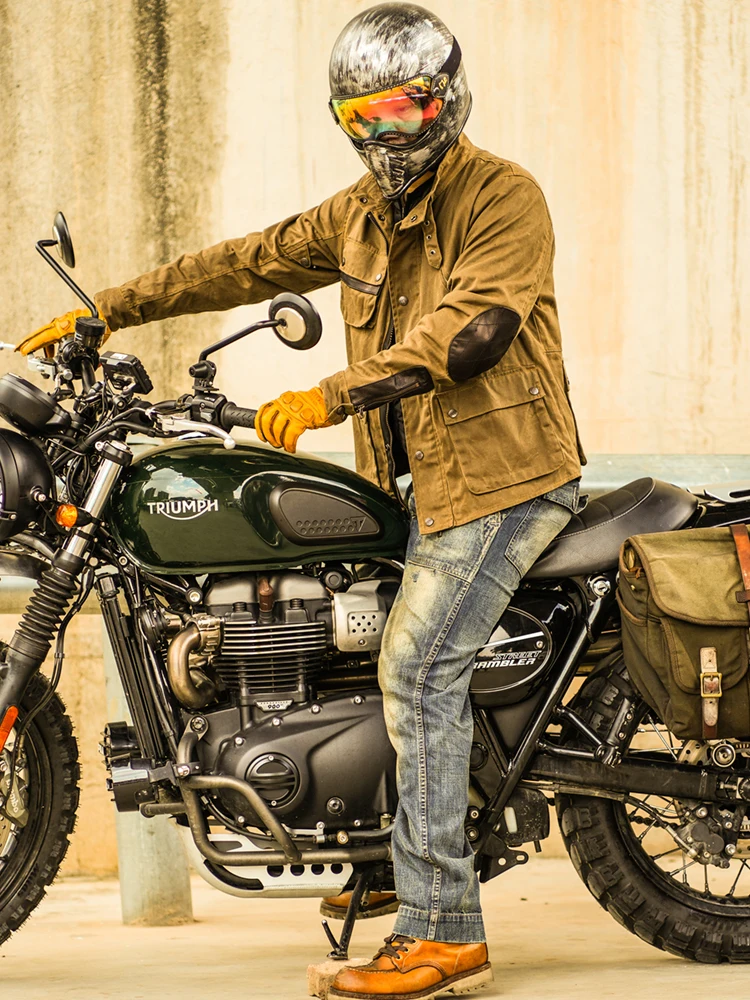
Is the Yamaha VMAX suitable for long-distance rides?
Comfort and Ergonomics
Long-distance rides require a comfortable riding position and ergonomics that reduce fatigue and promote rider well-being. Let’s examine the VMAX in terms of comfort:
Riding Position: The VMAX features a relatively aggressive riding position with forward-set footpegs and a low handlebar. This riding stance may not be ideal for extended periods, as it places more weight on the rider’s wrists and can lead to discomfort and fatigue.
Seat Design: The VMAX’s seat is well-padded and contoured, providing decent comfort for shorter rides. However, the seat’s shape and lack of adjustability may become less comfortable during long hours on the saddle.
Suspension: The VMAX’s suspension is tuned for sporty handling, prioritizing firmness and responsiveness. While this enhances performance during spirited rides, it may compromise comfort over rough roads or during extended journeys.
Fuel Efficiency
Fuel efficiency is a crucial consideration for long-distance rides, as it directly impacts the frequency of refueling stops and overall journey cost. Here’s an evaluation of the VMAX’s fuel efficiency:
Engine Characteristics: The VMAX is equipped with a high-performance 1,679cc V4 engine known for its exhilarating power delivery. However, this potent engine is optimized for performance rather than fuel efficiency. Its large displacement and performance-oriented tuning may result in higher fuel consumption during long rides.
Riding Style: The VMAX’s design and performance characteristics encourage spirited riding, which can further reduce fuel efficiency. The temptation to explore the bike’s power and acceleration potential may lead to a higher fuel consumption rate compared to more fuel-efficient touring motorcycles.
Tank Capacity: The VMAX features a 15-liter fuel tank, which is relatively smaller compared to touring-focused motorcycles. This limited capacity may necessitate more frequent refueling stops during long rides, particularly in remote areas with scarce fuel stations.
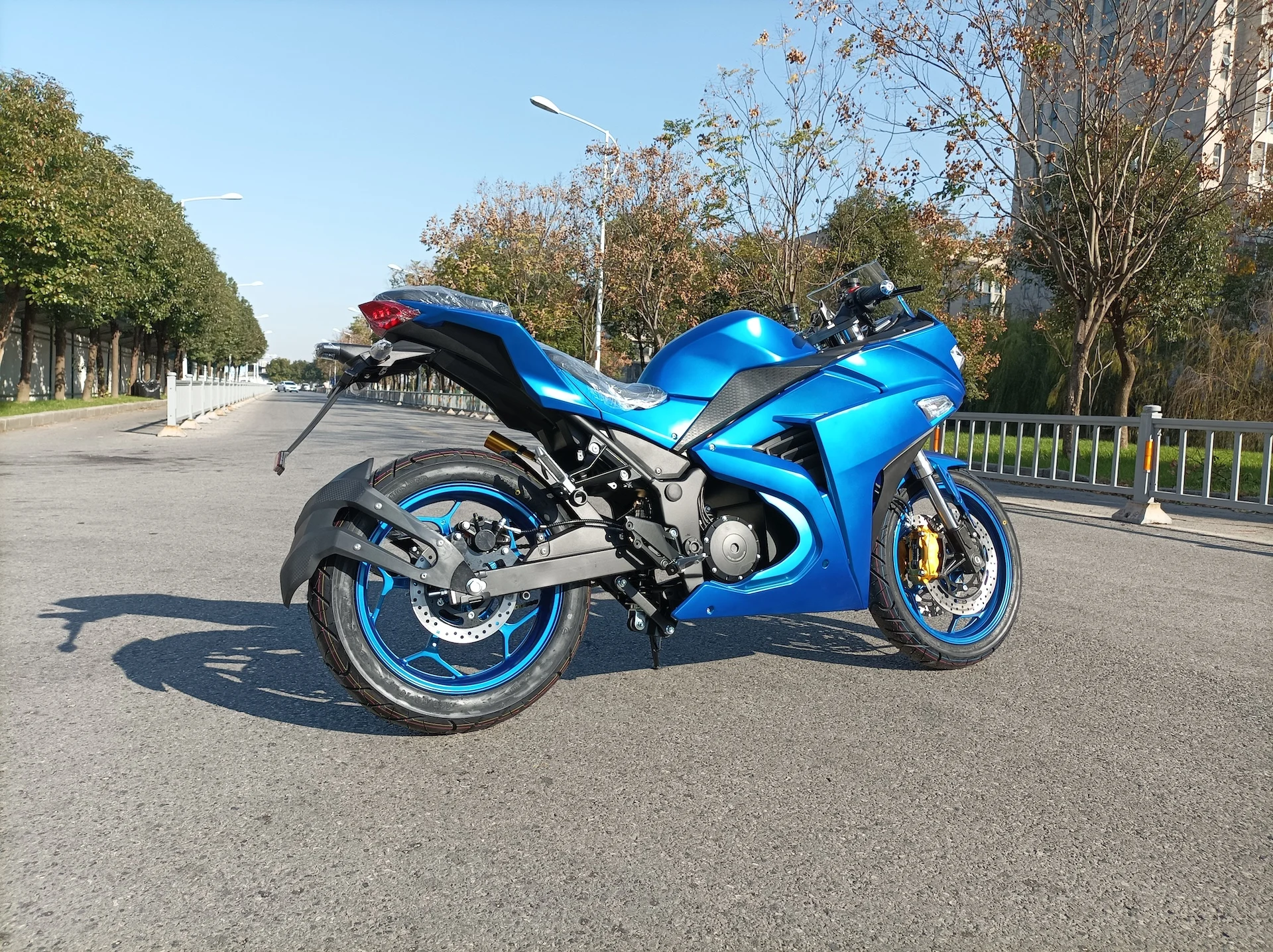
Luggage Capacity and Storage Options
Luggage capacity is essential for long-distance rides, as riders need sufficient space to carry their belongings. Let’s assess the VMAX’s offerings in terms of luggage capacity and storage options:
Factory Luggage Options: The VMAX does not come with factory-installed luggage options. This lack of integrated storage solutions may pose challenges for riders who require ample space for clothing, camping gear, or other essentials during extended journeys.
Aftermarket Solutions: To address the limited luggage capacity, riders can explore aftermarket luggage options such as saddlebags, tail bags, or tank bags. However, the VMAX’s design and sport-oriented focus may restrict the availability and compatibility of aftermarket accessories.
Wind Protection and Aerodynamics
Wind protection is crucial for rider comfort and fatigue reduction during long-distance rides. Consider the VMAX’s wind protection and aerodynamics:
Fairing Design: The VMAX features a minimalist fairing that provides limited wind protection compared to touring motorcycles with larger windshields and full fairings. The bike’s design prioritizes a sleek and aggressive look, which may result in increased wind buffeting at higher speeds.
Windshield Options: While the VMAX does not offer a factory-installed windshield, riders can explore aftermarket windshields or deflectors that provide additional wind protection. However, the availability and compatibility of such accessories may be limited due to the VMAX’s unique design.
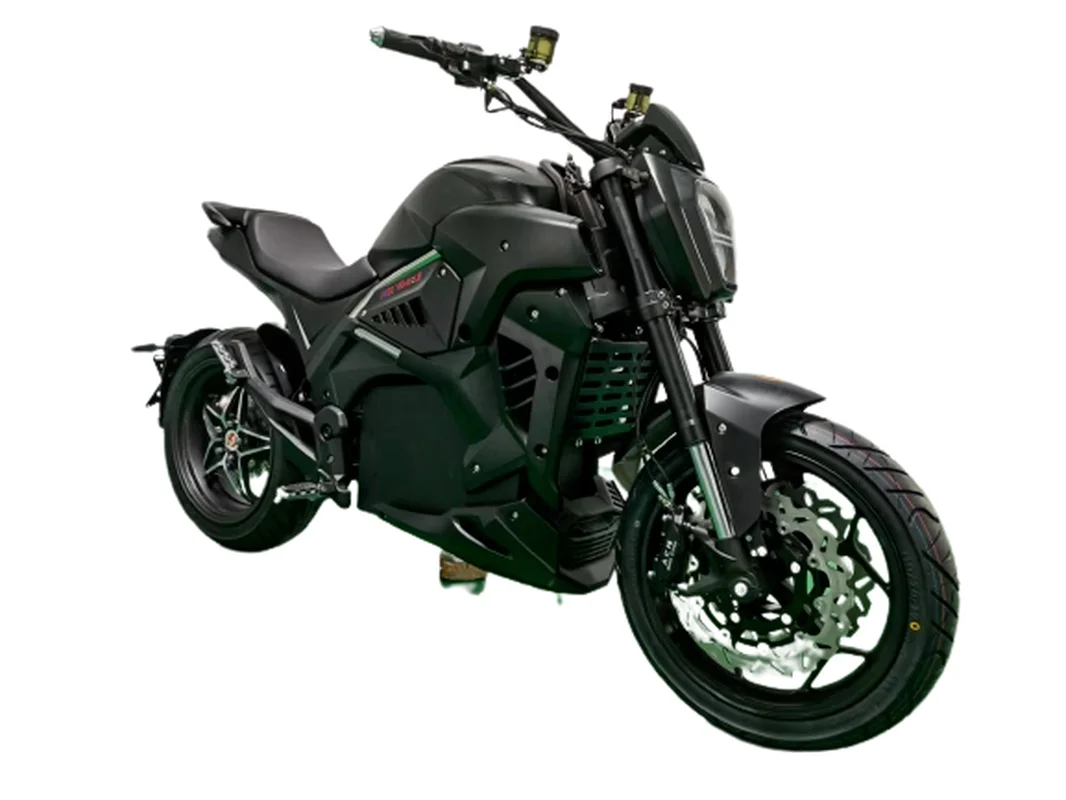
Handling and Maneuverability
Handling and maneuverability are crucial for long-distance rides, as they determine the bike’s agility in various road conditions. Let’s assess the VMAX’s characteristics in these areas:
Weight and Size: The VMAX is a large and heavy motorcycle, with a weight of over 700 pounds (320 kg). This weight, coupled with its low-slung design, may affect maneuverability in tight or technical sections, making it less agile compared to lighter and more nimble touring motorcycles.
Suspension and Chassis: The VMAX’s sporty suspension and chassis contribute to its sharp handling and stability during spirited rides. However, these characteristics may not be as ideal for long-distance rides, especially when encountering uneven road surfaces or extended periods of highway cruising.
Low-Speed Maneuverability: The VMAX’s low handlebar and forward-set footpegs can make low-speed maneuvering, such as navigating tight parking lots or slow traffic, slightly challenging. The bike’s weight distribution and aggressive riding stance require more effort and attention in such situations.
Customized Seat and Ergonomics
To improve comfort during long rides, riders can consider customizing the seat or adding aftermarket seat pads or cushions. These modifications can provide additional padding and support, reducing fatigue and discomfort. Additionally, adjusting the handlebars or footpegs to achieve a more relaxed riding position can improve ergonomics and make long hours on the bike more manageable.
Regular Breaks and Stretching
Regardless of the motorcycle, taking regular breaks during long rides is essential for maintaining rider comfort and reducing fatigue. Plan frequent stops to stretch, hydrate, and rest. This allows you to alleviate any discomfort or muscle fatigue and maintain your focus and alertness throughout the journey.
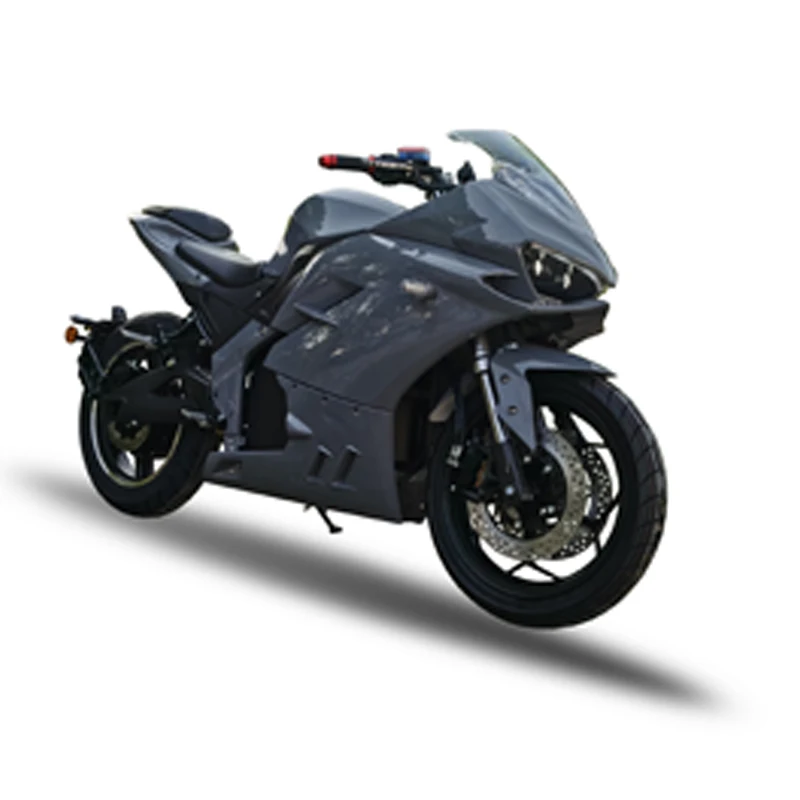
Plan Routes with Fuel Stations
Considering the VMAX’s relatively limited fuel tank capacity, carefully plan your routes to ensure easy access to fuel stations. Research and map out the locations of fuel stations along your intended route, especially if you plan to ride through remote areas with fewer available options. This way, you can avoid running out of fuel and potential inconveniences.
Pack Light and Efficiently
Given the VMAX’s limited luggage capacity, packing light and efficiently becomes crucial. Opt for lightweight, compact gear and clothing, and pack only the essentials. Consider using compression bags or vacuum-sealed storage solutions to maximize space. Additionally, choose versatile items that can serve multiple purposes to minimize the need for excessive gear.
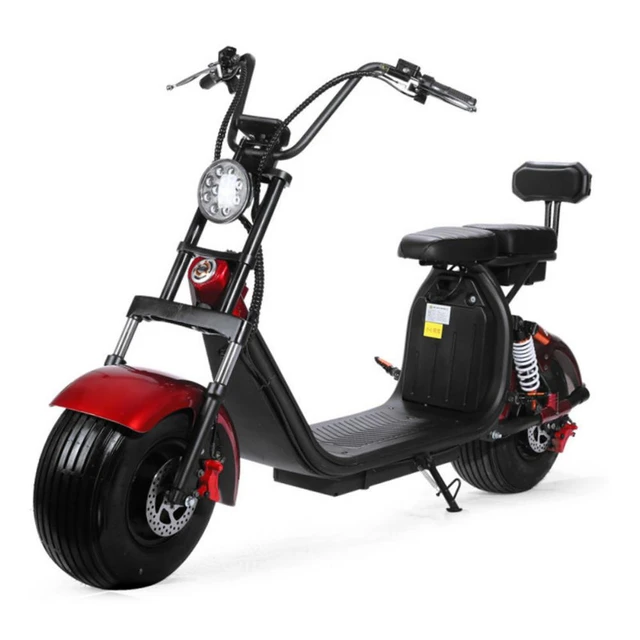
Conclusion
While the Yamaha VMAX is an iconic motorcycle known for its powerful performance and distinctive design, it may not be the ideal choice for extended long-distance rides. Factors such as comfort, fuel efficiency, luggage capacity, wind protection, and maneuverability suggest that the VMAX is better suited for shorter rides and spirited outings. However, individual preferences and riding styles vary, and some riders may find the VMAX perfectly suitable for their long-distance adventures, especially if they prioritize performance and style over long-haul comfort and convenience. Ultimately, riders considering the VMAX for extended journeys should carefully assess the bike’s characteristics in relation to their specific needs and preferences.
